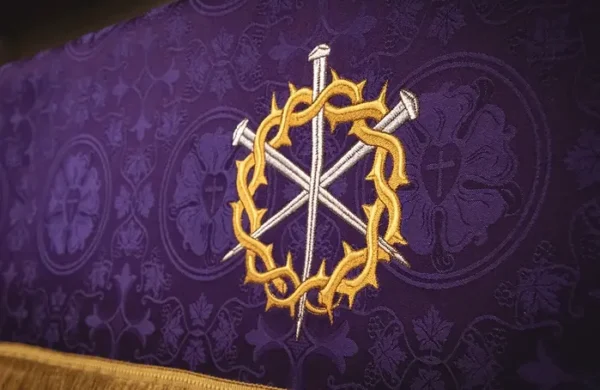
What would inspire a 12-year-old boy to risk his life in ancient Rome? Discover the story of Saint Tarcisius, who chose death rather than surrender the Eucharist, and learn why his courage continues to inspire Christians today.
Like this:
Like Loading...

The Agnus Dei, translating to “Lamb of God,” represents Jesus Christ’s sacrificial offering for humanity’s sins, embodying innocence and purity. Rooted in scripture, this symbol reflects Christ’s triumph over death and sin, inspiring believers to live by principles of love and forgiveness.
Like this:
Like Loading...
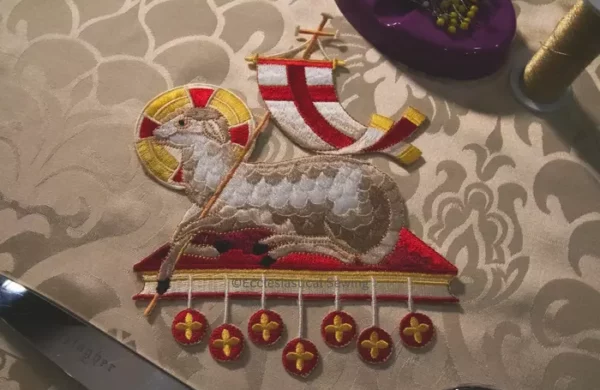
The banner of victory symbolizes Christ’s triumph over sin, featuring a Latin cross on a white banner with a red cross. Combined with the Agnus Dei, representing His sacrifice, it deepens religious significance. This fusion embodies Christ’s dual role as sacrificial lamb and victorious king, inspiring believers with themes of courage and hope against adversity.
Like this:
Like Loading...
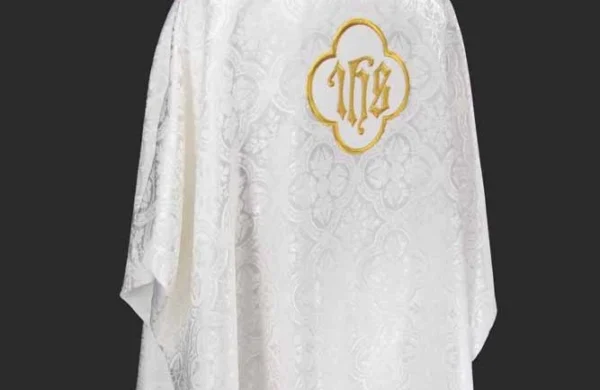
We chase happiness through wealth, pleasure, and success, yet something always feels missing. What if that persistent emptiness isn’t a flaw, but a compass? St. Augustine understood this restlessness centuries ago—and his insight might just change how you see your deepest longings…
Like this:
Like Loading...
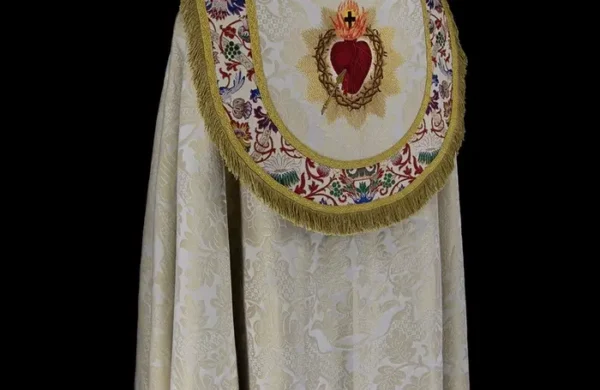
What would make a man volunteer for death in history’s most notorious concentration camp? When ten prisoners were condemned to starvation, one priest stepped forward with an offer that stunned even Nazi guards. St. Maximilian Kolbe’s choice reveals the radical power of love in humanity’s darkest hour.
Like this:
Like Loading...

With unshakeable faith and a powerful pen, St. Catherine of Siena dared to challenge the Pope. Her bold letters sparked a historic change, returning the papacy to Rome.
Like this:
Like Loading...
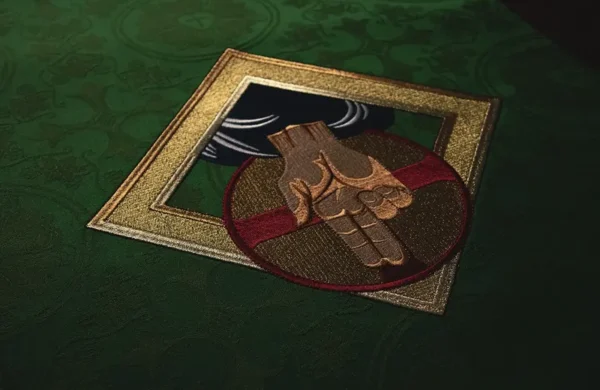
The Church is not just a building or a weekly obligation. It’s where faith and life come together, bringing heaven’s promise into our daily lives. The only place where you can be fed by both the Word of God and the Bread of Life. It’s the family dinner table of God’s household, where we are nourished and sent out to bring light to the world.
Like this:
Like Loading...
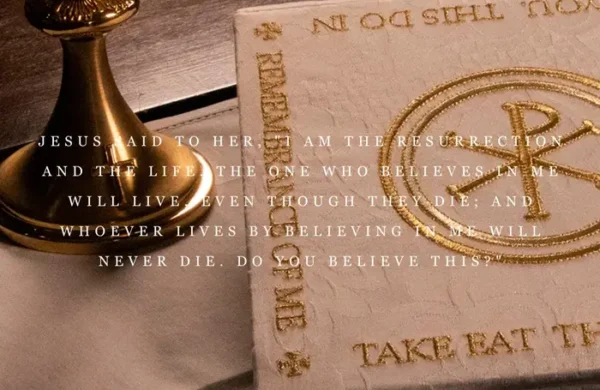
Uncover the hidden meanings behind Easter’s most iconic colors: white and gold. These symbols hold the keys to a deeper understanding of Christ’s victory and the eternal hope it brings.
Like this:
Like Loading...

Take a journey through history with these remarkable churches that have stood the test of time! From the ancient walls of St. Mary’s Church in Syria to the grandeur of St. Peter’s Basilica in Vatican City, these sacred places are more than just buildings—they’re living stories of faith, resilience, and beauty.
Like this:
Like Loading...
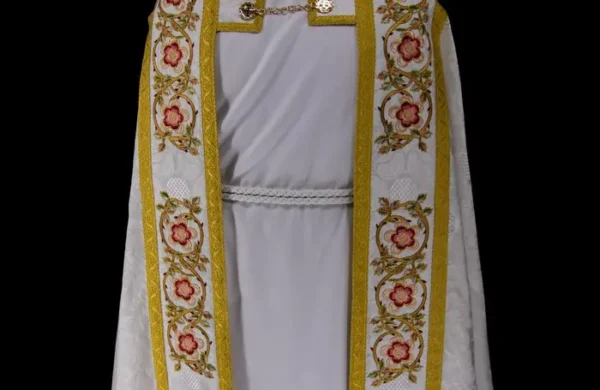
Explore how recognizing Jesus as Lord brings eternal truth, freedom, and peace that surpasses the chaos of the world. Bowing in worship fulfills our purpose and aligns us with His loving reign.
Like this:
Like Loading...
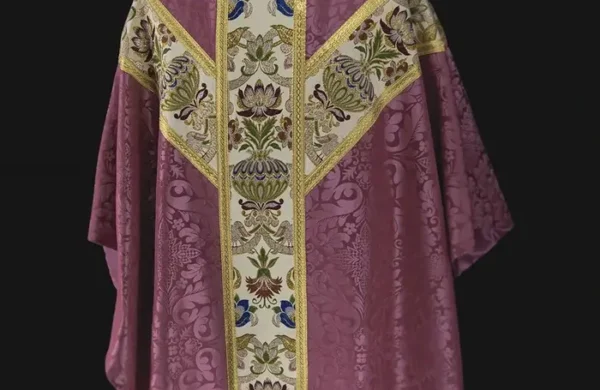
The martyrs of the early Church endured unimaginable persecution, holding fast to their unshakable faith in Christ even in the face of death. Their courage and strength did not come from feelings or experiences but from the unchanging truth of Jesus’ death and resurrection.
Like this:
Like Loading...
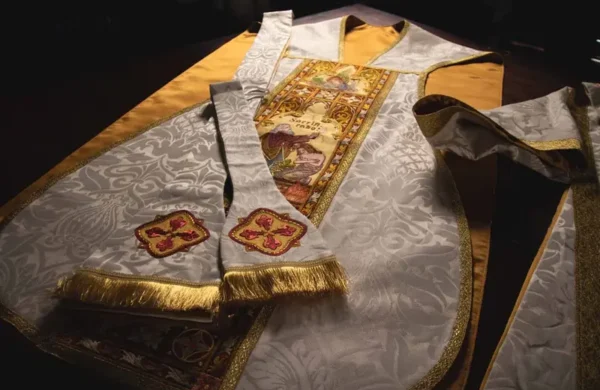
Churches may have different views on music or decor, but something deeper keeps them strong. Jesus promised to build His Church on a rock, and it has stood firm for centuries. Discover why God’s Church endures, no matter how the world changes.
Like this:
Like Loading...
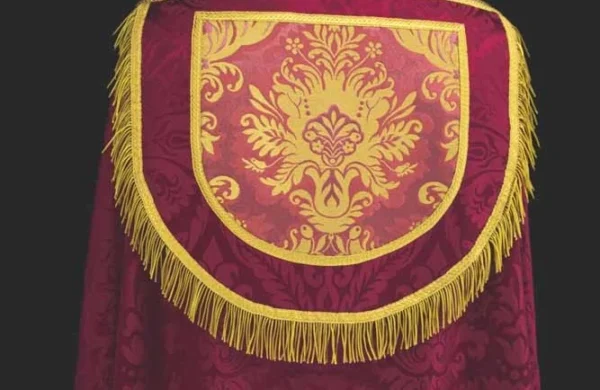
Your faith can shine even in a busy, digital world. Take small steps today to live it fully!
Like this:
Like Loading...

In a world fixated on performance, we often misunderstand what happens at the altar. This isn’t where we put on a spiritual show—it’s where heaven and earth intersect in sacred encounter. Discover the profound difference between a stage and a sanctuary, and why this matters deeply for every Christian’s worship experience.
Like this:
Like Loading...

Explore our newest collection of liturgical sewing patterns designed with both tradition and practicality in mind. From the popular Double-Breasted Alb with its clean lines and convenient features to the authentic Monk Habit pattern, these designs bring centuries of ecclesiastical garment tradition to your sewing room. Perfect for church seamstresses, vestment makers, and anyone creating sacred garments.
Like this:
Like Loading...
















You must be logged in to post a comment.